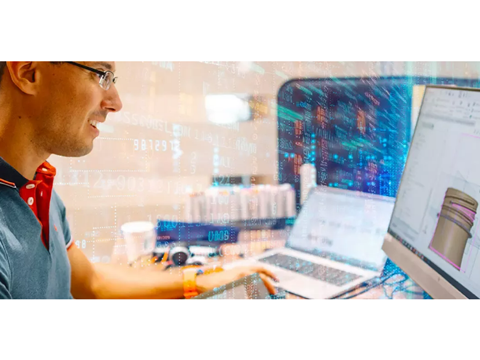
Nestlé’s R&D team has collaborated with IBM Research to develop new AI tools, including one said to be capable of proposing new high-barrier packaging materials for shielding products from moisture, oxygen and temperature changes.
Scientists from both companies leveraged AI-based processing techniques to construct a knowledge base of known materials from public and proprietary documents. The team then fine-tuned a fit-for-purpose chemical language model, enabling it to learn the representation of the molecular structures.
Using that knowledge, the teams employed IBM Research’s regression transformer to learn the correlation between key structural molecular features and the resulting physical-chemical properties. Apparently, the resulting model can now propose entirely new high-barrier packaging materials that shield sensitive products from moisture, temperature swings and oxygen.
Nestlé plans to utilize this technology to identify future packaging materials while considering cost, recyclability, and functionality.
Nestlé’s chief technology officer, Stefan Palzer, says: “This novel AI-powered language model, developed in collaboration with IBM Research, illustrates how Nestlé is leading the digital transformation within the food and beverage industry. In the future, such breakthrough technology could be used to optimize the development of more sustainable packaging solutions across product categories.”
In January, our editor-at-large Elisabeth Skoda spoke with Darren West, global head of Circular Economy Solutions at software company SAP as part of our Sustainability Perspectives podcast series. The discussion focused on the advantages and potential of data driven solutions and how they can help with the various challenges the industry faces, from changing regulation to EPR fees and sustainable packaging design.
The following month, Pulpex and the University of Surrey revealed they were using AI-powered computer vision to identify and address imperfections while applying barrier coatings to fibre-based bottles for liquids. The project hopes to save energy and water while optimizing packaging performance and increasing the shelf life of packaged goods.
If you liked this story, you might also enjoy:
The ultimate guide to the Packaging and Packaging Waste Regulation in 2025
How are the top brands progressing on packaging sustainability?
Everything you need to know about global packaging sustainability regulation in 2025
The key to increasing the use of reusable packaging in supermarkets

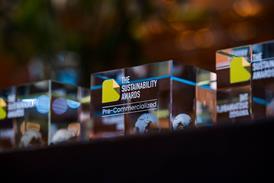
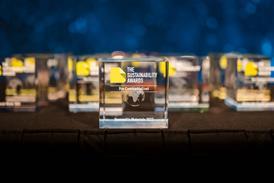
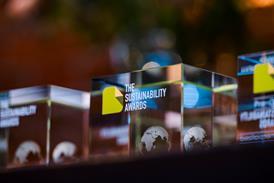
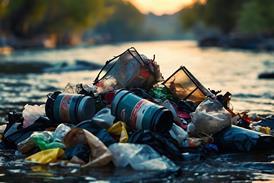
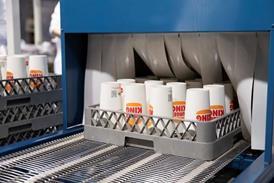












No comments yet